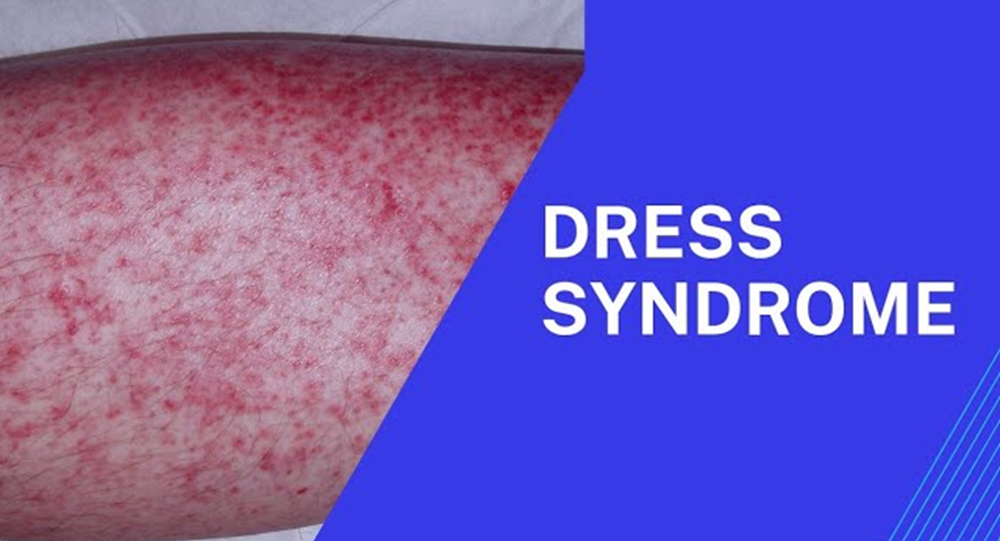Free Courses Sale ends Soon, Get It Now


Free Courses Sale ends Soon, Get It Now



Copyright infringement not intended
Picture Courtesy: Strong Medicine
Context: The Indian Pharmacopoeia Commission (IPC) has alerted about mefenamic acid (Meftal), a commonly used painkiller, due to potential Drug Reactions with Eosinophilia and Systemic Symptoms (DRESS) Syndrome based on Adverse Drug Reactions (ADRs) analysis from the PvPI database.
Details
DRESS Syndrome
Onset and Symptoms
Causes
Diagnosis
Treatment of DRESS Syndrome
Prognosis and Follow-up
Prevention and Precautions
Conclusion
|
PRACTICE QUESTION Q. What does DRESS Syndrome stand for? A) Dermatitis Reaction with Eczema and Systemic Symptoms B) Drug Reaction with Eosinophilia and Systemic Symptoms C) Delayed Response to Systemic Symptoms and Eczema D) Distinctive Rash with Eosinophilia and Systemic Symptoms Answer: B Explanation: DRESS Syndrome is characterized by a drug-induced hypersensitivity reaction with eosinophilia and systemic involvement. |
© 2024 iasgyan. All right reserved